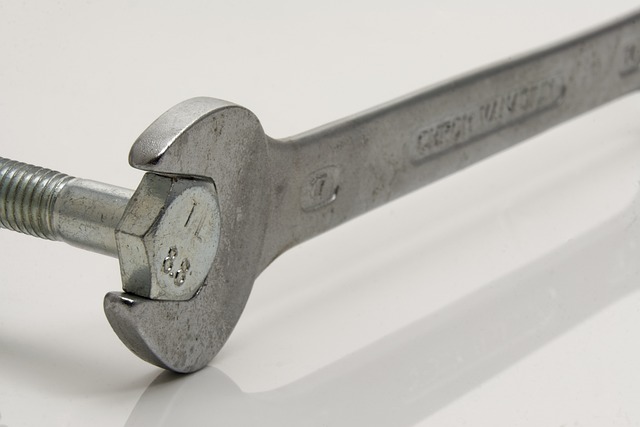
Torque, also known as torque, is a fundamental concept in the study of dynamics and mechanical engineering that describes the tendency of a force to rotate an object about an axis.
This phenomenon is vitally important in a variety of applications, from simple engines and machines to architectural structures.
Definition and basic fundamentals
Torque is defined as the product of an applied force and the distance from the point of application to the axis of rotation.
Mathematically, it is expressed as
τ=r×F
Where,
-
τ is the torque,
-
r is the distance from the point of application of the force to the axis of rotation, and
-
F is the applied force. The standard unit for torque in the SI is the Newton-meter (Nm).
The direction of the torque is determined by the right-hand rule. If the thumb of the right hand is placed along the axis of rotation and the fingers in the direction of the applied force, the torque is positive if the rotation is counterclockwise and negative if it is counterclockwise. clockwise direction.
Calculation formula
The calculation of the torque involves not only the magnitude of the applied force and the distance to the axis of rotation, but also the angle between the line of action of the force and the line connecting the point of application to the axis of rotation.
The complete formula is
τ=r×F×sin(θ)
Where
-
τ is the torque.
-
r is the distance from the point of application of the force to the axis of rotation.
-
F is the magnitude of the applied force.
-
θ is the angle between the line of action of the force and the line connecting the point of application to the axis of rotation.
This formula takes into account the perpendicular component of the force that contributes to the torque. If the force is applied directly in the radius direction (no perpendicular component), the term sin(θ) becomes 0, and therefore the torque will also be 0.
Resulting torque
The resulting torque is the algebraic sum of all the individual torques acting on an object.
When multiple forces exert torque in different directions, it is crucial to calculate the net torque to understand the combined effect on the rotating object. This resulting moment is obtained by adding or subtracting the individual torque moments, taking into account their direction and magnitude. Accurate consideration of these moments is essential in engineering and physics to predict the behavior of rotating structures, machines and systems.
The basic formula for calculating the resulting torque is
τr =∑τ i
Where,
τ i represents each individual torque moment.
Relationship between torque and angular acceleration
The relationship between torque (τ) and angular acceleration (α) is described by Newton's second law for rotation. The fundamental equation is τ=I×α. Where I is the moment of inertia of the rotating object.
This relationship states that the torque applied to an object is equal to the product of its moment of inertia and the resulting angular acceleration. In other words, the magnitude of the torque determines how fast an object will rotate.
A larger torque will require greater angular acceleration to keep the equation balanced, highlighting the essential interconnection between applied force and an object's rotational response.
Examples of practical applications
 Here are some examples of torques in everyday situations and practical applications:
Here are some examples of torques in everyday situations and practical applications:
- Wrench: When you apply force to a wrench to tighten or loosen a bolt, you are generating a torque. The distance from the point of force application to the axis of rotation (the bolt) and the force applied determine the torque.
- Doors: When you open or close a door, you are applying a torque around its hinges. The force you apply to the edge of the door and the distance from the edge to the hinges determine the torque.
- Exercise with weights: When you lift a weight with a bar, you are generating torque moments. The distance from the axis of rotation (the elbow joint) to where you hold the bar, multiplied by the gravitational force acting on the weight, determines the torque.
- Screws and nuts: When tightening a screw with a wrench, the force applied and the distance from the axis of rotation (the axis of the screw) generate a torque that secures the joint.
- Human arm: When you raise your forearm in the air, the muscles apply a torque around the elbow joint. The distance from the elbow to where the force is applied and the force itself determine this torque.